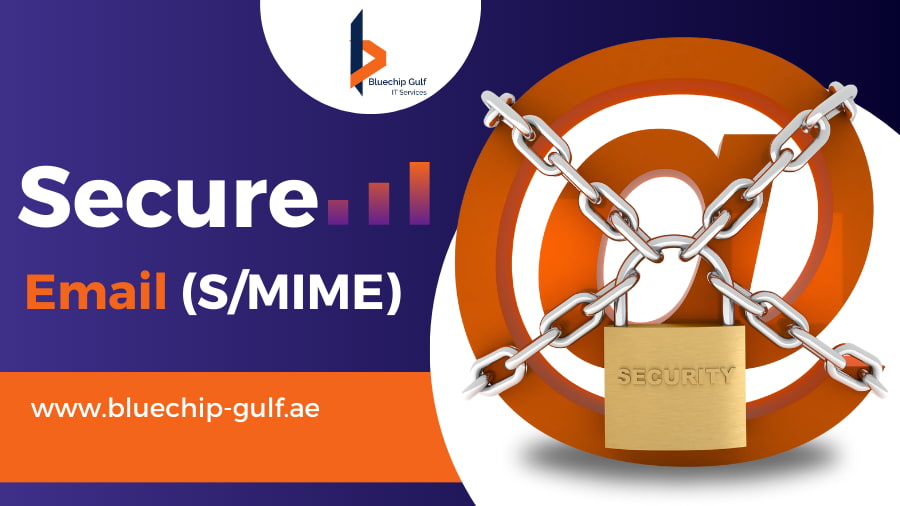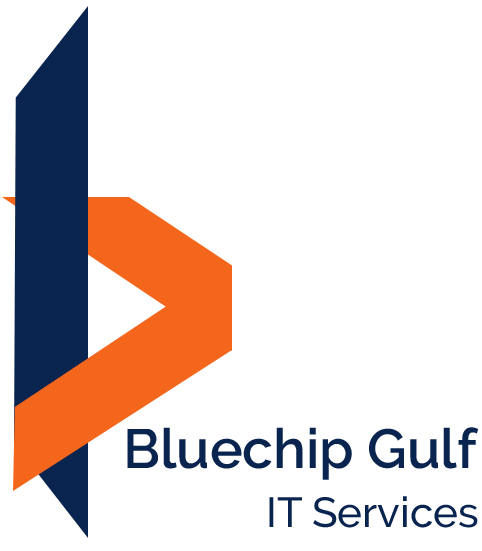
Ensuring the security and privacy of email conversations is crucial for both individuals and organizations in this era of digital communication dominance. Using strong encryption protocols, such as Secure Email S/MIME (Secure/Multipurpose Internet Mail Extensions), might help protect critical data sent via email in light of the evolving danger of cyberattacks. We examine the nuances of S/MIME and how it might improve IT security in Abu Dhabi and elsewhere in this extensive guide.
Understanding S/MIME
S/MIME is a widely adopted encryption standard that enables users to secure their email communications by digitally signing and encrypting messages. This cryptographic protocol enhances the confidentiality, integrity, and authenticity of email transmissions, mitigating the risk of unauthorized access, tampering, and spoofing attacks.
Key Components of S/MIME:
S/MIME relies on public-key cryptography to facilitate secure email communications. The key components of S/MIME include –
- Digital Certificates – S/MIME utilizes digital certificates issued by trusted Certificate Authorities (CAs) to authenticate the identities of email senders and recipients. These certificates contain public and private keys used for encryption and digital signing.
- Encryption – S/MIME employs asymmetric encryption algorithms such as RSA or ECC to encrypt email content, ensuring that only authorized recipients with the corresponding private key can decrypt and access the message.
- Digital Signatures – S/MIME allows users to digitally sign email messages using their private key, providing a mechanism for verifying the authenticity and integrity of the sender’s identity and the message content.
How Does S/MIME Secure Email?
Email communications are made secure using S/MIME (Secure/Multipurpose Internet Mail Extensions) using digital signatures and encryption. Here’s how S/MIME ensures the confidentiality, integrity, and authenticity of email messages –
- Encryption – Email content is encrypted by S/MIME using asymmetric encryption techniques like RSA or ECC. The sender’s email client uses the recipient’s public key to encrypt the message when it is sent. This guarantees that the message content can only be decrypted and accessed by the designated recipient with the matching private key. Therefore, the encrypted content is unintelligible to unauthorized individuals even if the email is intercepted during transit.
- Digital Signatures – S/MIME enables users to digitally sign email messages using their private key. When a sender signs an email, their email client generates a digital signature by applying a mathematical algorithm to the message content and encrypting the result with the sender’s private key. Afterward, the recipient can confirm that the message hasn’t been tampered with or changed in transit by using the sender’s public key to validate the digital signature. The integrity of the communication content and the sender’s identity are guaranteed by digital signatures.
- Digital Certificates – S/MIME relies on digital certificates issued by trusted Certificate Authorities (CAs) to authenticate the identities of email senders and recipients. These certificates contain public and private keys used for encryption and digital signing. Before sending an encrypted email, the sender’s email client retrieves the recipient’s digital certificate from the recipient’s email address or a directory service.
The sender’s email client then uses the recipient’s public key from the digital certificate to encrypt the email content. Similarly, when verifying a digital signature, the recipient’s email client retrieves the sender’s digital certificate from the email message and uses the sender’s public key to verify the signature.
Benefits of S/MIME for IT Security in Abu Dhabi:
Implementing S/MIME for secure email communications offers several benefits for organizations operating in Abu Dhabi’s dynamic business landscape –
- Data Confidentiality – Sensitive information sent over email is protected against interception and unauthorized access using S/MIME encryption. This is especially important for businesses that handle sensitive information including financial records, legal documents, and personal data.
- Message Integrity – By digitally signing email messages with S/MIME, organizations can verify the authenticity and integrity of communications, ensuring that messages have not been tampered with or altered in transit. This helps prevent data manipulation and ensures the trustworthiness of email content.
- Compliance Requirements – Many regulatory frameworks, including Abu Dhabi’s data protection laws and industry-specific regulations, mandate the implementation of encryption measures to protect sensitive data. S/MIME enables organizations to meet compliance requirements by securing email communications and safeguarding sensitive information from unauthorized disclosure.
- Business Continuity – S/MIME email communication protection reduces the possibility of online dangers like malware infections, phishing attacks, and data breaches. Organizations in Abu Dhabi can lessen the effects of security incidents and guarantee business continuity by strengthening their email security posture.
Implementing S/MIME for Secure Email Communications
To harness the benefits of S/MIME and enhance IT security in Abu Dhabi, organizations can follow these steps to implement secure email communications –
- Generate Digital Certificates – Obtain digital certificates from trusted Certificate Authorities (CAs) for email senders and recipients. The public and private keys needed for encryption and digital signatures are contained in these certificates.
- Configure Email Clients – Configure email client software such as Microsoft Outlook or Mozilla Thunderbird to support S/MIME encryption and digital signatures. Enable S/MIME functionality and import digital certificates for email users.
- Encrypt Email Communications – Encrypt sensitive email messages using the recipient’s public key before transmission. This ensures that only the intended recipient with the corresponding private key can decrypt and access the message content.
- Digitally Sign Email Messages – Sign outgoing email messages with the sender’s private key to provide authentication and verify the integrity of the message content. To guarantee the legitimacy of the message, recipients can verify the digital signature with the sender’s public key.
- Educate Users – To teach staff members the value of safe email habits and S/MIME encryption, offer training and awareness campaigns. Urge users to be cautious when dealing with sensitive material via email and to double-check digital signatures.
Conclusion
S/MIME offers a robust solution for securing email communications and enhancing Best IT Services Company in Abu Dhabi. By leveraging encryption and digital signatures, organizations can protect sensitive information, maintain regulatory compliance, and mitigate the risk of cyber threats.
Implementing S/MIME for secure email communications empowers organizations to safeguard their digital assets and uphold the trust and confidentiality of email communications in today’s threat landscape.
Read More: Endpoint Protection: EDR VS MDR VS XDR

